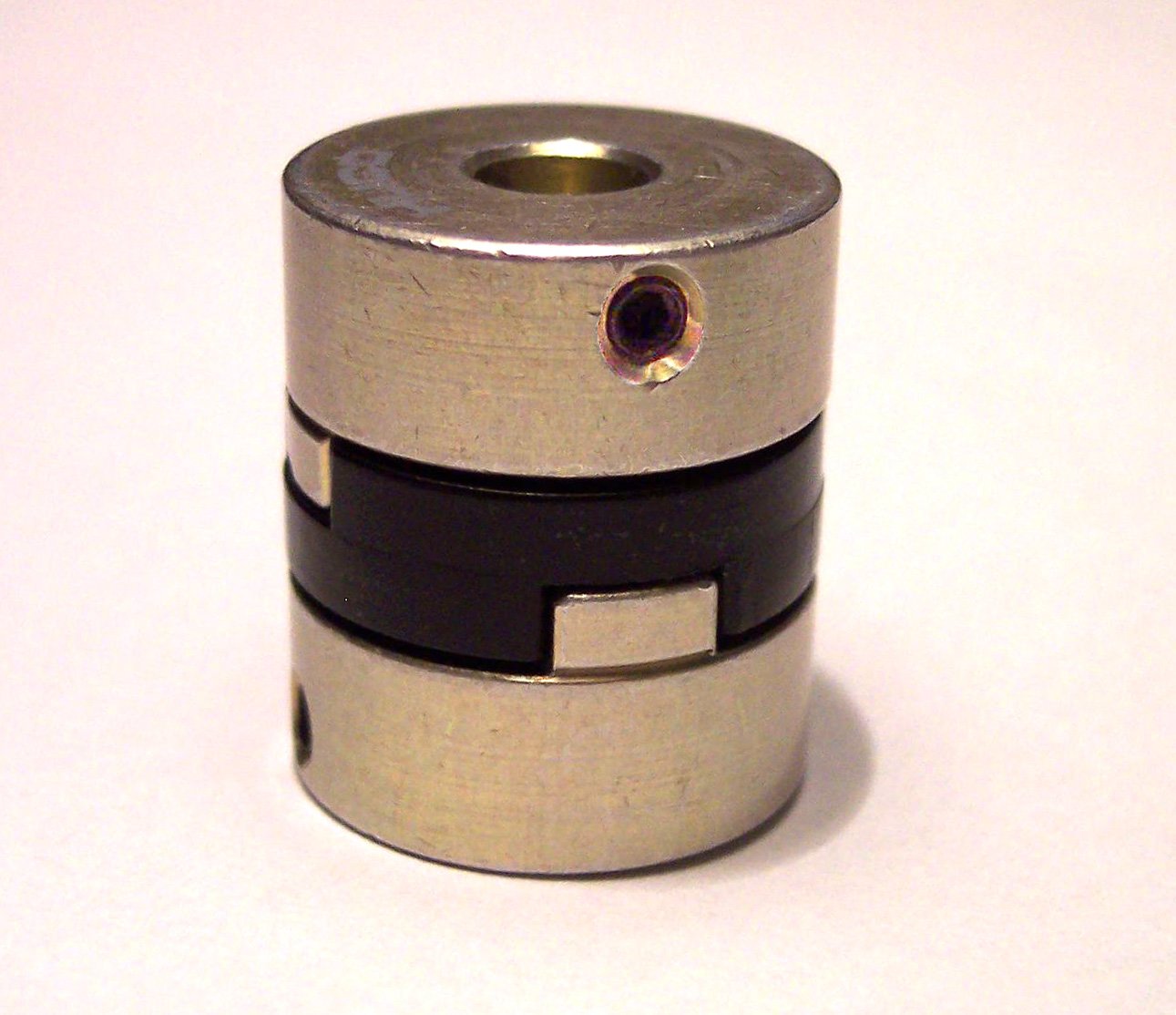If you belong to the mechanical engineering industry, you are likely to have used Oldham couplings, which serve different purposes.
The couplings are three-piece flexible shaft couplings that find uses in connecting driving and driven shafts in mechanical power transmission assemblies. In addition, the couplings also find uses in countering parallel misalignment that occurs between connected shafts. Moreover, shock absorption is another key feature of the couplings.
Working Methodology of Oldham Coupling
A typical design of Oldham couplings involves identical left- and right-hand slotted elements that sandwich a slider block between them.
The underlying intent of the design is to make the couplings fit for working with machines having misaligned shafts instead of angular and axial misalignment.
Due to the design, the coupling can handle axial misalignment effectively, which arises due to the meeting of two shaft ends.
Usually, manufacturers make the slider block from a polymer such as nylon or acetal or a combination.
The couplings also reduce backlash due to the facility of pressing the slider block into the slotted mating halves, often made using aluminium to minimise inertia.
At times, you need to replace the block to restore the coupling performance due to the sliding friction resulting in a backlash in misaligned systems.
Remarkably, you will see a difference between the functioning of jaw couplings and Oldham couplings. The advantage of Oldham couplings is that they will continue to transmit torque if the centrepiece fails to work.
Another remarkable feature of Oldham couplings is that they do not share a plane of rotation with the metal teeth of the shaft halves.
The advantage of the feature is that the coupling can serve as a mechanical fuse to prevent overloads from damaging the driven or driving equipment.
Usually, metal is used to manufacture the slider block with some clearance for power transmission applications.
In addition, you need to provide lubrication to the couplings to enable them to run smoothly.
Some Important Terminologies Associated With Oldham Couplings
The following are the common terminologies associated with Oldham coupling:
- Bore size or diameter – the diameter of the coupling bore holding the connecting shaft.
- Overall length – the end-to-end length of the coupling, measured from the two end faces of the coupling.
- Hub width – the width of the hub as measured from the end face to the internal face of the tooth joining the slider block.
- Hub material – the construction material of the hub.
- Slider block material – the construction material of the slider block
- Coupling diameter – the diameter of the coupling.
-
What are Breather Valves?
Likewise, a breather valve is another crucial device for the mechanical engineering industry. Breather valves are particular types of relief valves specifically designed for tank protection. Moreover, the valves are also known as direct-acting pressure or vacuum relief valves.
You will see different types of breather valves, like pressure, vacuum and combined pressure or vacuum valves. They come with flanged outlets or vented to atmosphere.
Usually, pressure or vacuum relief valves are used extensively on bulk storage tanks. In addition, they can also be used on fixed roof tanks with floating covers to reduce evaporation loss.
The valves reduce excessive pressure or vacuum formation, unbalancing the system or damaging the storage vessel.
The control mechanism of the valves involves weighted pallets or springs that you can combine to provide the required pressure or vacuum levels.
Conclusion
Both the devices find immense use in the mechanical engineering industry. But, you should choose the supplier carefully. Remember that you can reap the full benefits only when you purchase the devices from a trusted and reputed supplier.


















